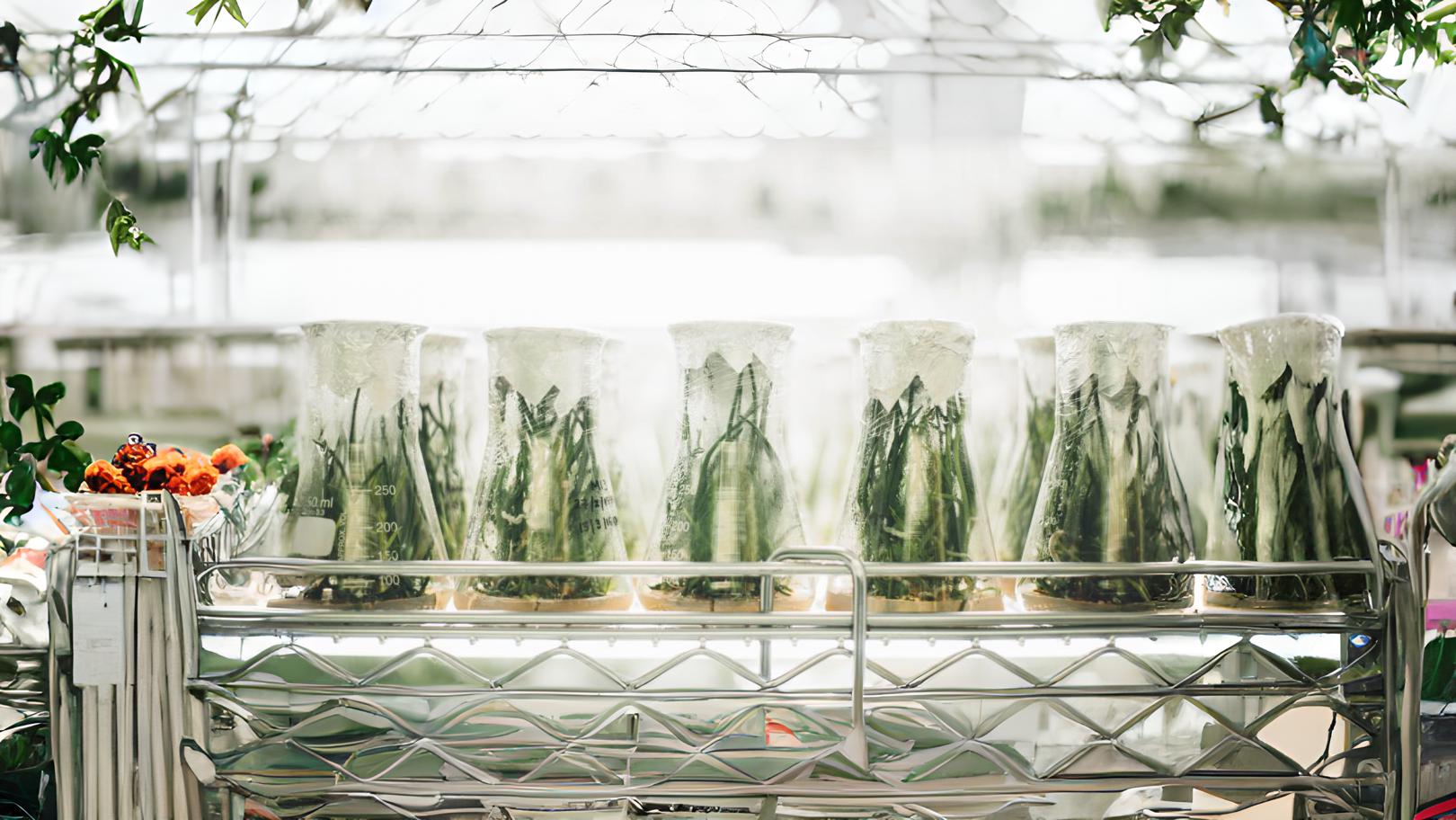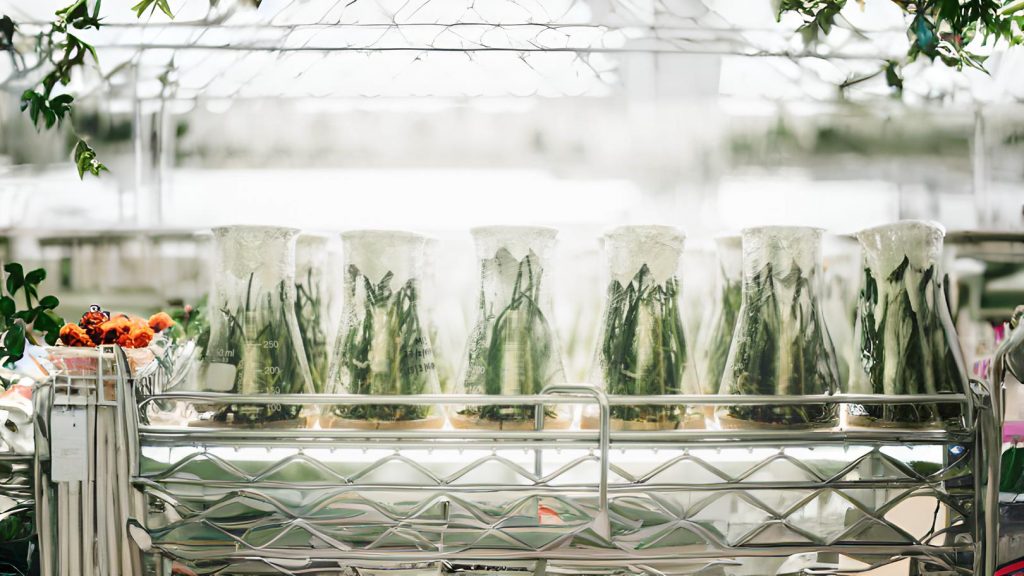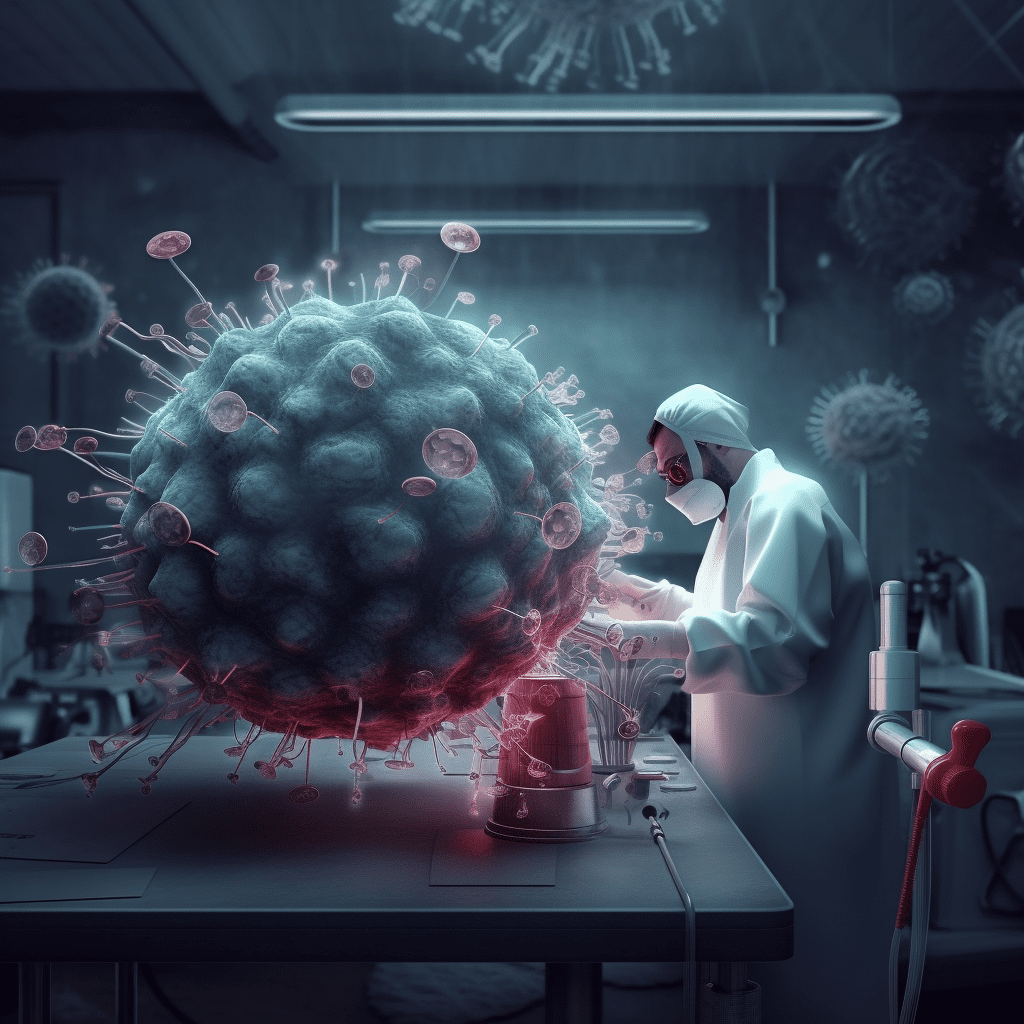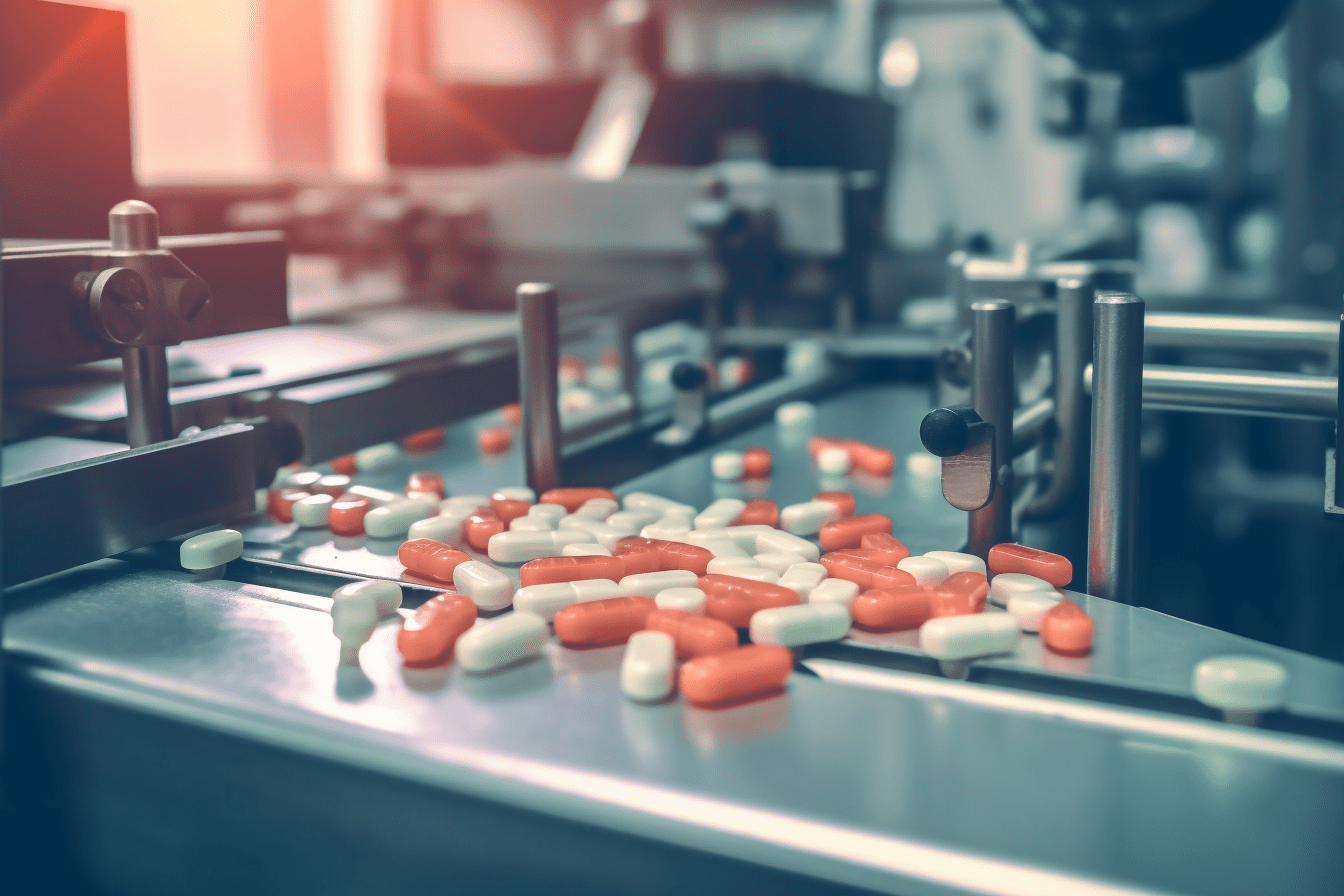Plant-Derived Vaccines Versus COVID-19
 3 years ago
By Charlotte Di Salvo
3 years ago
By Charlotte Di Salvo

Despite success with the COVID-19 vaccine roll-out, ever-increasing demand across the world continues to put pressure on vaccine manufacturing and supply chains. Recent developments in plant-derived vaccines, however, offer a potential solution. GSK is one company currently implementing phase III of clinical trials utilising Medicago’s plant-derived COVID-19 vaccine.
The explosion of the COVID pandemic in 2020 threw the clinical world into disarray. The pharmaceutical sector was faced with a sudden need to develop, approve, manufacture, and deliver a safe, effective vaccine on a global scale. The rapid spread of the disease around the world elevated this level of demand. The biggest pharmaceutical companies, including BioNtech and AstraZeneca, went into action. Despite the success of clinical trials and the roll-out of DNA and RNA-based COVID-19 vaccines, the high transmission rate and inevitable mutations of the virus continue to increase demand to the point of exceeding production.
With vaccine production unable to keep up, pharmaceutical companies have begun to seek alternative methods of production that can meet the challenges of demand and pathogenic mutations. GSK have recently launched phase III for Medicago’s plant-derived COVID-19 vaccine. The vaccine is administered as two doses, 21 days apart. The trial was granted fast-track designation by the FDA on 17 February 2021. Using this plant-derived method for vaccine production, Medicago expects to manufacture up to 100 million doses by the end of 2021.
Substantial developments within botanical science have shown the ability to manipulate the transient, stable expressions of plant genetics to develop an inherently stable vaccine with the ability to be produced on a larger, more financially efficient, scale.
The development of plant-derived vaccines
The plant-derived vaccine by Medicago “uses Coronavirus-like particle technology, with the vaccine comprised of recombinant spike (S) glycoprotein expressed as virus-like protein particles (VPLs).” This is co-administered with GSK’s adjuvant. For context, coronavirus consists of four primary structural proteins – the spike (S) glycoprotein, membrane (M) glycoprotein, envelope (E), and nucleocapsid (N) protein.
The development of plant-derived vaccines is believed to be similar to the process for Medicago’s quadrivalent influenza vaccine (QIV). The process begins with the synthesis of the genetic sequence for a specific protein. The sequence is then transferred into a bacterial vector that can transport genetic material to plants only. The plant, Nicotiana benthamiana, a part of the tobacco family, was used for its rapid growth rate and easy cultivation. The plant is submerged into a bath of the modified bacteria, and with the use of a vacuum, is soaked up by the plant.
The bacteria transfer the genetic material into the tissue of the leaves, which produces and accumulates the recombinant ‘product’ for six to eight days. From here, the proteins are extracted from the harvested leaves and purified in the form of virus-like particles (VLPs). VLPs are based on existing plant viruses, with the ability to mimic the structure of the original virus without the core genetic material. Plant leaves are used as a “bioreactor” to produce the S-spike protein that “self-assembles” into the VLP for the COVID-19 VLP (CoVLP). This CoVLP mimics the SARS-CoV-2 structure in order to be identified by the immune system.
How can plant-derived vaccines compete with mRNA/DNA vaccines?
The use of VLPs has been suggested to be inherently safer than alternative vaccines due to the absence of core genetic material, which results in an inability to replicate. Furthermore, in comparison with recombinant subunit vaccines, VLPs are also better identified by the immune system due to a lipid-bilayer dotted with disease-specific protein antigens. Due to this structure, VLPs promote a more rapid, effective response of the immune system in the future when exposed to the pathogen itself.
Beyond safety, the fact that VLPs cannot replicate can also optimise detection of the virus. Currently, the virus is detected by quantitative reserve transcription polymerase chain reaction (RTqPCR). This method converts the COVID genome, which consists of RNA, into complementary DNA.
However, a major flaw with the RTqPCR diagnostic method is the lack of universal positive control which results in the chance of false positive or false negative results. Plant-derived VLPs comprise the same structure as the virus without the ‘native genome’, and so could address this problem. Another problem with the current PCR-based diagnostic method is that it cannot support the sheer testing volume for a rapid COVID-19 response.
On the other hand, production of plant-derived recombinant proteins may be viable within a few months under optimal conditions such as a greenhouse, through a method known as vertical farming. In addition, this type of production is rapidly scalable, with the chance to expand into the agricultural field to meet demand. The growing of this transgenic material remains cost-effective, requiring only basic infrastructure and specific nutrient solution, in comparison to the extensive laboratory costs required to maintain the cell-lines of the current DNA/mRNA vaccines.
Current successes
The potential success of plant-derived vaccines is supported by the substantial number of other pharmaceutical bodies developing plant-derived/based proteins for diagnostic and therapeutic application. Examples of other biopharmaceutical companies include Bayer, Planet Biotechnology, Ventria, Agrenvec, ORF Genetics, Mapp Biotherapeutics and many more.
Italian biotech company Diamante have used a similar method to Medicago to produce VLPs and have manipulated tobacco plant growth to express the SARS-CoV-2 RBD (receptor-binding domain) antigen. The result of this is an enzyme-linked immunosorbent (ELISA) kit for the detection of antibodies present in the serum of COVID-19 convalescent patients.
The continuous developments in this area of plant biotechnology will hopefully create more effective, safer vaccines for diseases like COVID-19 in a greatly reduced time scale, with the ability to rapidly scale up to address instantaneous demands that may arise in the future.
Charlotte Di Salvo, Junior Medical Writer
Proventa International

Role of an Immunologist: Exploring the Responsibilities
In the intricate web of human health, the immune system stands as a vigilant guardian, tirelessly defending against potential threats. At the forefront of understanding, deciphering, and harnessing the immune system's power is the immunologist. This article delves into the...
9 months agoRole of an Immunologist: Exploring the Responsibilities
In the intricate web of human health, the immune system stands as a vigilant guardian, tirelessly defending against potential threats. At the forefront of understanding, deciphering, and harnessing the immune system's power is the immunologist. This article delves into the...
9 months ago
Enhancing Pharma Manufacturing Efficiency through Advanced Automation
In today's fast-paced pharmaceutical industry, efficiency plays a critical role in meeting the increasing demands for drugs and medical products. To achieve optimal efficiency, pharmaceutical manufacturers are turning to advanced automation solutions. Advanced automation encompasses cutting-edge technologies like robotics, artificial...
9 months agoEnhancing Pharma Manufacturing Efficiency through Advanced Automation
In today's fast-paced pharmaceutical industry, efficiency plays a critical role in meeting the increasing demands for drugs and medical products. To achieve optimal efficiency, pharmaceutical manufacturers are turning to advanced automation solutions. Advanced automation encompasses cutting-edge technologies like robotics, artificial...
9 months ago
Improving Warehouse Efficiency: The Role of Technology and Best Practices
In the fast-paced world of supply chain management, warehouse efficiency plays a pivotal role in ensuring timely and accurate order fulfillment while minimizing costs. With the rising demands of e-commerce and globalization, businesses are continually seeking innovative ways to optimize...
9 months agoImproving Warehouse Efficiency: The Role of Technology and Best Practices
In the fast-paced world of supply chain management, warehouse efficiency plays a pivotal role in ensuring timely and accurate order fulfillment while minimizing costs. With the rising demands of e-commerce and globalization, businesses are continually seeking innovative ways to optimize...
9 months ago